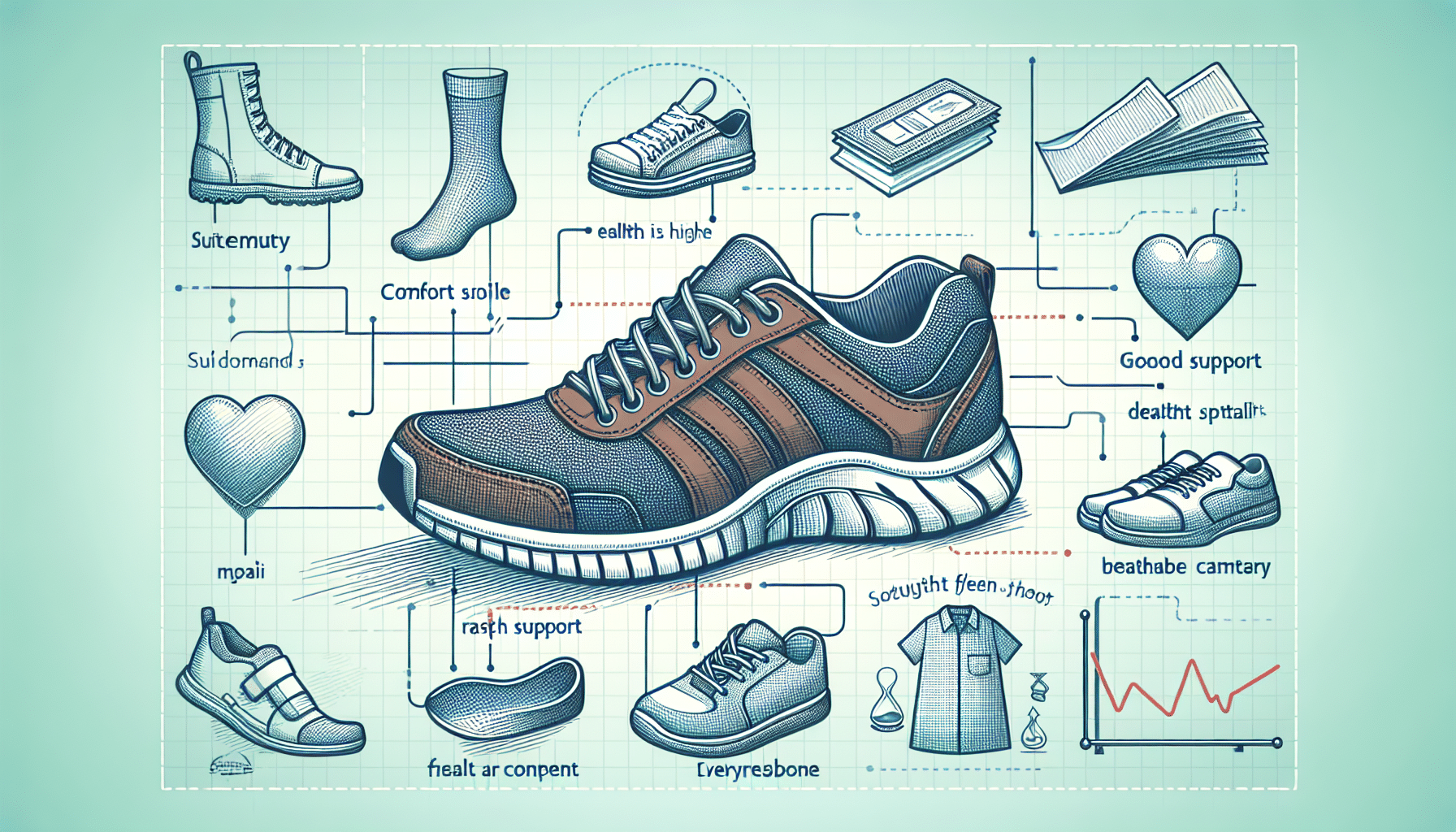How to Choose the Right Shoes for Walking to Preserve Your Health
Hey there, savvy savers and economic enthusiasts! Who knew that your journey to financial wisdom would also take you down the path of picking the perfect walking shoes? That’s right, your wallet isn’t the only thing that benefits from smart choices. Today, we’re dipping our toes into the world of footwear, specifically how to choose the right shoes for walking to keep you striding strong and healthy. So lace up, and let’s take a step in the right direction—because protecting your health is just as important as growing your savings!
Finding Your Fit: It’s Not Just About Size

First off, finding the right fit in walking shoes is a bit of an art mixed with a dash of personal science. It goes beyond just knowing your shoe size. The width, arch type, and whether your feet tend to swell after long walks all play crucial parts. Time spent choosing the right shoe dimensions can save you heaps of discomfort down the road—literally. When trying shoes, make sure they fit well with the socks you intend to wear. Aim for a thumb’s width of space in the toe box, secure fitting around the heel, and enough room to wiggle your toes freely without the shoe slipping off.
Material Matters: Choose According to Your Terrain and Climate
Materials can make or break your walking joy. Going for a stroll in a sunny park? Lightweight and breathable fabrics might be your best friends. But if your adventures bring you to muddy trails or rainy landscapes, seek out waterproof materials like Gore-Tex that keep moisture out while maintaining breathability. Remember, materials also affect the shoe’s durability and cleaning needs—leather might require more care but generally outlasts most synthetic fabrics.
Arch Support and Cushioning: The Unsung Heroes
Never overlook the importance of arch support and cushioning. These shoe components are critical for absorbing the shock that comes from foot impact on hard surfaces. People with flat feet might require different arch support compared to those with high arches. When selecting a walking shoe, pay close attention to the insole. Many shoes come with removable insoles, allowing you to adjust or replace them with orthotics for customized comfort.
Sole Decision: Rigid or Flexible?
The sole of your shoe can dramatically affect your walking experience. A good walking shoe should have a flexible sole at the front to allow your foot to roll easily from toe to heel. However, a tad of rigidity in the midsole can provide necessary support for those longer treks. Look for soles that offer good grip and traction, especially if you’re walking in areas where slips and falls can occur.
The Right Shoe for the Right Occasion
One shoe does not fit all walking needs. Are you hitting the city streets or backcountry trails? Different environments warrant different types of footwear. For urban exploration, a lighter, more agile shoe might suffice, while rugged terrains might call for a sturdier, high-top walking boot that provides additional ankle support.
Equipped with the right shoes, tailored specifically to your needs and walks of life, you’ll be stepping into a healthier lifestyle with ease and comfort. Not only does this prevent injuries but it also enhances your walking experience, making it more enjoyable and sustainable over time. Healthy feet, happy trails!






